ZOO (Day 10 - part 8)

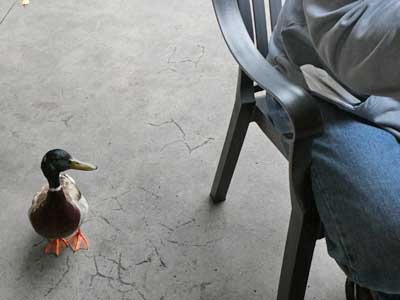
A ymmy veggie burger ... This duck thinks so too!


We wanted to see more but our feet were getting a bit tired. So we hopped on the double decker bus for another tour of the park.



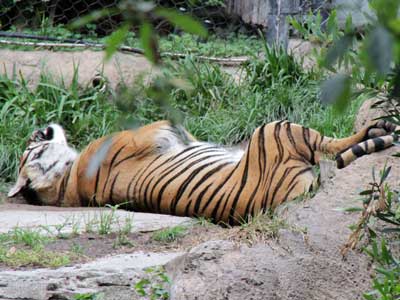
The dromedary ... and Malayan tiger


Speke's gazelles


Ernest ... the secretary bird

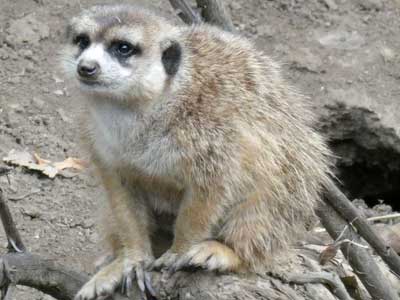
California condor ... a meerkat

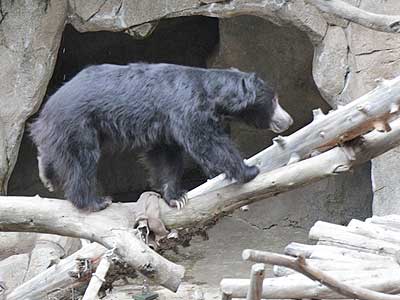
The sloth bear was now busy moving a bag about ...


... and the grizzly was still napping.
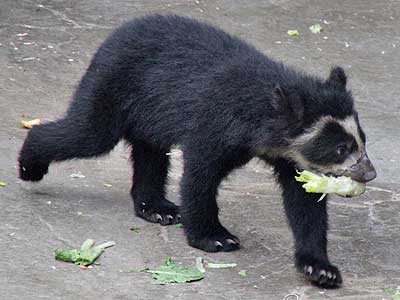
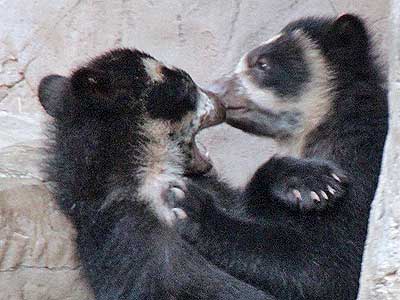
The spectacled bear siblings were still playing.


Oh! It's the Amur leopard cubs we were told about! Sometime last month (April 2023), twin sisters Ulybka (Russian meaning smile) and Zorinka (little star) were born at the zoo to 4-year-old Satka. Cubs open their eyes after a week and begin crawling around two weeks. By their second month they emerge from the den and begin eating meat. At three months old, they are weaned and learn to hunt. They are independent at two to three years.
We quickly popped in to the insect house.




A leaf insect from southeast Asia ... and a Madagascar hissing cockroach
Wild Woods and Desert Dunes...


The caracal is wild cat native to Africa, the Middle East and Central Asia. It's nocturnal, highly secretive and mainly lives alone or in pairs. It eats rodents, small antelopes and can even jump 10 feet to catch birds in midair. The ear tufts may start to droop with age.


The coati (also known as coatimundi) lives in Central and South America and the southwestern U.S.... which nowhere near the caracal's native habitat but that doesn't seem to dampen the cat's interest! ... Coatis are related to the raccoon and are opportunistic omnivore, eating anything from fruit to insects.

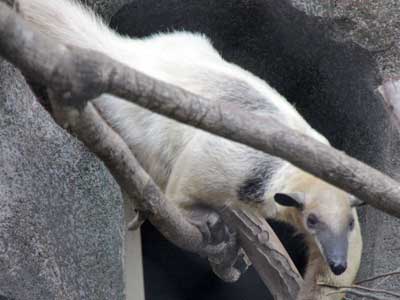
The tamandua, also from South America, is often called the lesser anteater. They have no teeth and depend on their muscular stomachs to break down their food. They can also release an unpleasant odor, like a skunk's, to chase away predators. If threatened, it can hold onto a branch with its hind feet and prehensile tail while fighting with its large front claws.


Dancing waters!


Squirrel monkeys live in the tropical forests of Central and South America. They can only sweat through the palms of their hands and feet.

The fennec fox is native to the deserts of North Africa. The smallest of the fox species, it has adapted to high temperatures and little water. Its large ears serve to dissipate heat while its sand-colored fur reflects sunlight. They even have fur on the bottoms of their feet to protect them from the scorching ground. and spend the hot afternoons in burrows dug out in the san. They mainly eat insects, small mammals and birds.


Weighing just over 7 ounces and only 10 inches tall, burrowing owls are found throughout open landscapes of North and South America. They live in burrows excavated by other animals, such as ground squirrels or prairie dogs. Longer legs enable them to run, as well as fly, when hunting.
Cool Critters section:



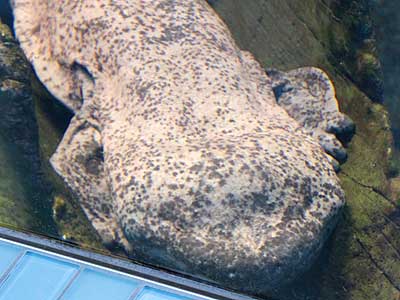
Currently on the critically endangered list, the Chinese giant salamander lives in mountain streams and lakes in the Yangtze river basin of central China. These fast-flowing rivers provide it with plenty of oxygen, which it absorbs through its skin (not gills). It can grow nearly 6 feet in length and weigh up to 110 pounds. It is considered to be a “living fossil,” having diverged from other amphibians during the Jurassic Period (about 170 million years ago).


The Cuvier's dwarf caiman is the smallest alligator, at only around 5 feet. It lives in South America and can tolerate colder water than other caiman species. Its head has an unusual shape, looking more like that of a dog than a crocodilian. The eyes are chestnut brown.
Even though I'm sure there were some critters we'd missed, we had done our best!

return • continue

